I use bokeh to plot temperature curves, but in some cases the dataset is quite big (> 500k measurements) and I'm have a laggy user experience with bokeh (event with output_backend="webgl"). So I'm experimenting datashader to get a faster rendering and a smoother user experience.
But the visual result given by datashader is not as beautiful as bokeh's result, datashader result has aliasing :
I obtain this side-by-side comparison with the following code :
import pandas as pd
import datashader as ds
import datashader.transfer_functions as tf
from bokeh.plotting import figure
from bokeh.io import output_notebook, show
from bokeh.models import ColumnDataSource
from bokeh.layouts import row
import numpy as np
output_notebook()
# generate signal
n = 2000
start = 0
end = 70
signal = [np.sin(x) for x in np.arange(start, end, step=(end-start)/n)]
signal = pd.DataFrame(signal, columns=["signal"])
signal = signal.reset_index()
# create a bokeh plot
source = ColumnDataSource(signal)
p = figure(plot_height=300, plot_width=400, title="bokeh plot")
p.line(source=source, x="index", y="signal")
# create a datashader image and put it in a bokeh plot
x_range = (signal["index"].min(), signal["index"].max())
y_range = (signal["signal"].min(), signal["signal"].max())
cvs = ds.Canvas(x_range=x_range, y_range=y_range, plot_height=300, plot_width=400)
agg = cvs.line(signal, 'index', 'signal')
img = tf.shade(agg)
image_source = ColumnDataSource(data=dict(image = [img.data]))
q = figure(x_range=x_range, y_range=y_range, plot_height=300, plot_width=400, title="datashader + bokeh")
q.image_rgba(source = image_source,
image="image",
dh=(y_range[1] - y_range[0]),
dw=(x_range[1] - x_range[0]),
x=x_range[0],
y=y_range[0],
dilate=False)
# visualize both plot, bokeh on left
show(row(p, q))
Have you any idea how to fix this aliasing and get a smooth result ? (similar to bokeh's result)


